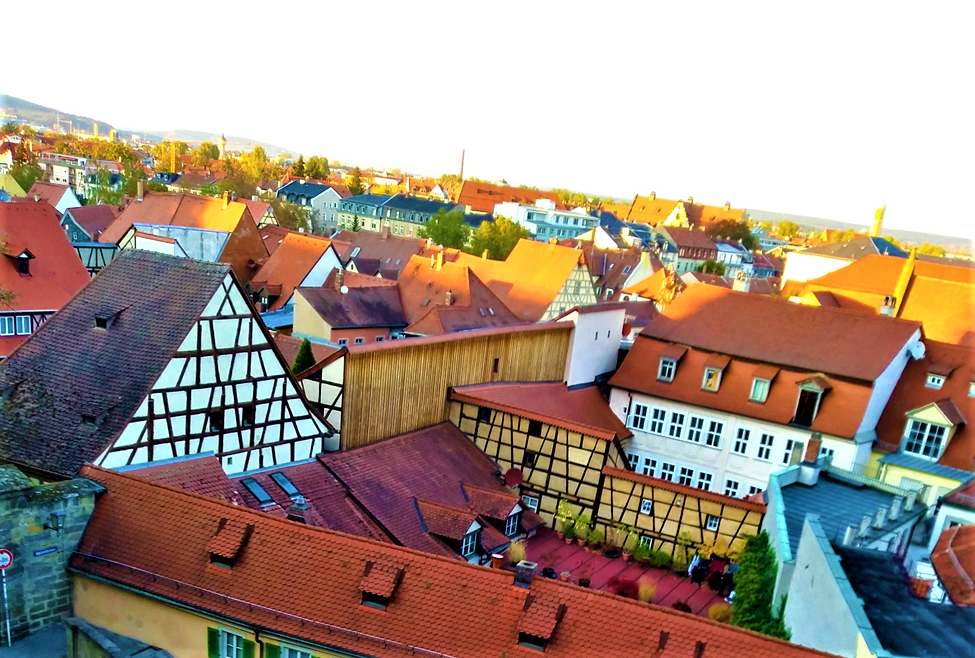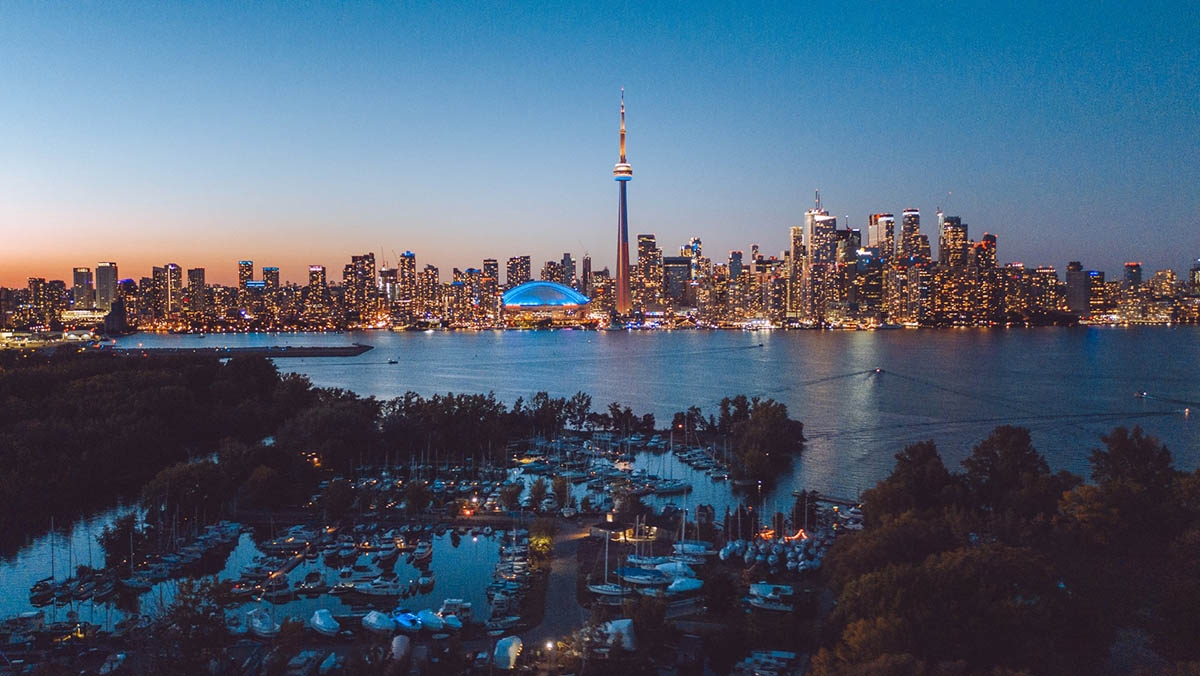
Steeped in Franconian History – Three Days, Three World Heritage Sites
Having been totally charmed by a magical journey through Saxony and Saxony-Anhalt – I want more of Germany! So, what could be better than to embark on an historical hat-trick! There are officially forty-four World Heritage Sites in Germany – I will be visiting three of them. Three days. Three train rides. Three cities. And, three world heritage sites. All in the beautiful region known as Franconia: The Margravial Opera House in Bayreuth, Historical Bamberg, and The Residenz in Wurzburg.
Throughout Germany, much friendliness, kindness and generosity have accompanied me. And, so it continues. After asking a young man, (Freddie) for assistance with my train schedule at Dresden train station, we became fast friends and sat together on the train. Freddie is pleased to tell me that he is on his way to visit his grandparents – and he is very eager to eat his grandmother’s traditional beef rouladen. "Her rouladen is the best!” Our conversation was led by Freddie who is sincerely interested in knowing how I feel about his country. True to his millennial idealism, he is concerned about things like the environment, xenophobia, and reconciliation. After such a delightful conversation, I reluctantly decline Freddie’s invitation to join him for lunch with his grandparents – world heritage sites await me!
Bayreuth

Bayreuth is synonymous with music. The great 19th C. German composer Richard Wagner was lured here by the reputation of the Margravial Opera House. According to my distinguished guide, Mr. Meyer, despite the magnificence of the Opera House, it did not suit the needs of Wagner. He, however, opted to make his home in Bayreuth for the remainder of his life. Today, the world-famous Bayreuth Festival, at which Wagner’s operas are performed, has become a mecca for music enthusiasts.
On this balmy October day, there are students dancing the Macarena outside of the Opera House, reminding me that Bayreuth is a university town. The international students add to the energy of this beautiful and historical city. Like elsewhere in Germany, the city is very clean – and safe to walk anywhere, at any time of day.
The Margravial Opera House, built between 1744 and 1748, is one of Europe's few surviving theatres of the Baroque period. According to Mr. Meyer, the Opera House was saved from the air raids of WW2 because of its location adjacent to a Synagogue. In 2012, the opera house took its place on the UNESCO World Heritage List.
Nothing prepared me for the intensity of experience upon entering the opera. Like the Taj Mahal or the Alhambra, The Margravial Opera House is not so much seen – as it is experienced. Being inside the opulent opera emotes feelings of grandeur, to say the least. I can only compare it to what it must be like to stand inside the crystallized intricacy of a geode. Absolutely – a peak life experience!

What to do in Bayreuth:
Do the guided walking tour of the city. My guide, Mr. Herbert Meyer, a retired teacher, shared an encyclopedia of knowledge with me, adding plenty of anecdotal intrigue! There are many well-preserved historical areas to experience. After you have finished the tour, take a day to walk, walk, walk. There is magic in the air of this city – it is truly charmed – perhaps it’s the music. Do experience the Margravial Opera House. The Bayreuth Festival is a must for fans of Richard Wagner’s Operas – book early.
Where to eat in Bayreuth:
Lunching on the terrace of Oskar–Das Wirtshaus am Markt in Bayreuth’s market square makes for great people watching. Inside one of the oldest buildings in town, the tavern dates back 600 years. The service is friendly, the menu is extensive and the décor is Franconian. There is something for everyone with a range of regional foods, fresh salads, vegetarian dishes and, of course, great beer and wine. It’s pumpkin season – the pumpkin soup was superb.
For evening dining, The Liebesbier Restaurant & Craft Beer is perfect if you are looking for a warmly lit romantic restaurant that serves craft beer with an international menu. Also, on offer are some of the trendy foods that are found on this side of the Atlantic, such as sweet potato fries and vegetarian burgers – both were delicious!
Where to stay in Bayreuth:
The Rheingold Hotel is perfectly situated to walk around the cultural center of the city. The reception staff is friendly and very helpful. My room was typically German – spotless and comfortable with a modern bathroom. Breakfast, as elsewhere in Germany, offers an extensive variety of delicious options to choose from – enough to fill you up for the day. The coffee is excellent!
Bamberg

Bamberg, it appears, is all about the beer. My gregarious host, Anna, suggested that there may not be enough room for my luggage in the boot of her car because the people of Bamberg often carry a case of beer in their trunk – and then she pulled out a tasty pilsner and gave it to me! Bamberg has a long history of beer-making. It isn’t every day that you can drink world-class beer in a town that has been declared a World Heritage Site!
Bamberg’s beer history goes back a thousand years to the times of the cathedral canon Ouldaricus, who decreed that all the people of Bamberg should be supplied with free beer on the day he dies. Bamberg published a purity law for beer as early as 1489, stating that only water, hops and malt may go into the beer.
Today, there are eleven family-run breweries in Bamberg. With centuries of brewing history, there are 50 different sorts of beer! The famous “smoke beer” is among the specialties. As well, there are the unbunged “U” and the Märzen, Franconian Lagers, fresh and fruity wheat beers and dry Pilsner style beers. Finally, there are the strong bock beers brewed in the winter months and celebrated with festivals around the opening of the first vats.
In 1007 C.E., Bamberg became the center of a diocese that was intended to help spread Christianity to the Slavs. The layout and architecture of medieval and baroque Bamberg influenced urban design and development in Central Europe. During the 12th century, the Bishops of Bamberg began a program of monumental public construction. Bamberg extends over seven hills, each crowned by a beautiful church. Some like to call Bamberg the "Franconian Rome" — although a running joke among Bamberg's tour guides is that Rome is an "Italian Bamberg".
Almost a thousand years later, Bamberg was designated as the 624th World Heritage Site in 1993. The heritage district includes the City on the Hills (together with the Cathedral and the former Benedictine monastery of St. Michel), the Island District and the Market Gardeners' District. The locals tell me that Bamberg was spared bombing during WW2 because the gods deemed that it was too cloudy for bombing the well-preserved medieval town on the day of the scheduled air strikes.
What to do in Bamberg: Visit the Tourist Bureau first – everything is there. Get your bearings by checking out the nearby model of the heritage district. The heritage area is 142 hectares of Medieval town planning, which can be visited in a day. I could have spent a week exploring the nooks and crannies of the heritage area.


The Fascination World Heritage (3 hrs.) leads one through all three heritage districts. My guide, Sabine, provided a perfectly paced tour of the highlights, with plenty of time left over to sit for a coffee and chat about German culture at Kaffeeroesterei, which is located on Austrasse street. Austrasse, which is just around the corner from the university, is a vibrant street with shops, outdoor patios, café’s and great coffee.
The Market Gardeners’ District stands out as a unique visit, where you can make your way through the gates of a typical "market gardening house" and savour the sights and smells of the gardens. Perhaps you may want to purchase local produce, such as the Bamberg potato or licorice root. It was here that I learned the German term for “organic”, which translates as “slow foods”.
Drink Beer! You may want to hop on The Brewery Trail, in Bamberg for a few days. Keep an eye out for “Stammtisch” signs, indicating a reservation for a “regulars’ table”. Drinking and socializing on the streets outside of the pubs is as traditional as it gets! You must try a “smoked beer”, which is still tapped from wooden barrels, at The Schlenkerla. First mentioned in 1405, now run by the 6th generation of the Trum family, it is the original smoke beer brewery, where you can choose from different intensities of smokiness.
Where to eat in Bamberg: In a town that’s all about drinking great beer, the pubs offer plenty of great traditional food to accompany the beer. You can actually bring your own food into some of the pubs when the kitchen is closed. Faessla-Brauerei is the real deal, where beer has been brewed since 1649. The impressive facade is reminiscent of the time when the beer was delivered by horse and cart. As elsewhere in Germany, there are no shortage of international restaurants in Bamberg.
Where to stay in Bamberg: To experience Bamberg, one must stay in the heritage district. Hotel Wilde Rose, occupying a traditional 18th-century stone building, has been in business for a very long time. Located in the “island district”, the guesthouse and tavern are walking distance from Bamberg Cathedral and 1 km from Michaelsberg Abbey. The relaxed stylish rooms, like elsewhere in Germany, are spotless with modern bathrooms. Despite being in the centre of town – it I slept undisturbed.
Würzburg
Whereas Bamberg is all about the beer, Wurzburg maintains an identity that is wrapped in wine. While lunching at the Backöfele restaurant, my host, Jürgen, asserts that the Bavarian wine goblet is designed to hold a quarter of a litre of wine, no less. It is here, at the Backöfele, that I enjoyed the best meal ye. Traditional, and simply delicious, I savoured each bit of wild boar, red cabbage, potato medallions and a ¼ litre of a typical Franconian wine. A truly memorable meal.

After lunch, I toured the city with my delightful guide, Maria, who tells me that her favourite things about Würzburg are the arts and the festivals. Throughout the year, more than 300 concerts of classical music take place in Würzburg. Like Bayreuth and Bamberg, Würzburg is also a university town bustling with international students, adding to the vibrant culture.
Würzburg, like Dresden, was destroyed by bombs in WW2. Many wanted to walk away from the annihilation but more wanted to remain, restore, and reconstruct their beloved city. The result is that much of Würzburg is modern, with a medieval town layout that boasts some monumental historical buildings.
One of the largest Palaces in Germany is located in Würzburg. The Residenz was commissioned by the prince-bishop in 1720 and was completed in 1744. Interiors are masterworks of Baroque/Rococo and Neoclassical art and architecture. The Residenz was heavily damaged by the bombing in WW2; restoration began in 1945. It was declared a Unesco World Heritage site in 1981.
Our charming and animated tour guide, Mark, explained that the prince-bishops, who reigned over both church and state, built the palace as a way to assert their power. It is astounding to see how much of the Residence actually survived the WW2 bombing. This is particularly evident when one stands in the great staircase. The palace is a jaw-dropping experience! From the elegant grandeur of walking up the great staircase to the burst of life in The Emperor’s Hall, to the soothing ambience of The White room, followed by the electricity of The Mirror Room, one’s mood actually changes with the décor of each room. The first Mozart Festival took place in the city in 1921 and has, since then, always taken place in the magnificent Residenz.

What to do in Würzburg:
Start at the tourist center. Be sure to look at the model of what the city looked like before the reconstruction. This will give you an idea of the human effort that went into rebuilding. Take a guided tour of the city, either by foot or ride one of the “tourist trains”. You must see the Residence Palace (guided tour) and adjacent court gardens. After the tour, join the locals and enjoy a glass of wine while standing on the old bridge—perhaps a local Mariensteiner grape variety which is a cross of Reisling and Silvaner grapes. If you are a lover of classical music, you may want to move here to experience the many music festivals on offer.
Where to eat in Würzburg:
Dine at a typical Franconian restaurant, such as Würzburger Rathskeller or Alte Mainmühle. The Rathskeller is a wonderful venue located in a former chapel. I had the best German meal yet at the Backöfele restaurant, which has been serving up Franconian food for decades – get a table in the cobbled courtyard. Trip advisor has great things to say about the food stand, Bratwurststand Knupfing, in the main market square. The long line up speaks volumes about the quality of the bratwurst on a bun at what appears to be a local institution!
There are plenty of international restaurants to choose from; as well as ice-cream shops – Germans like their ice-cream!
Where to stay in Würzburg: The family-owned Top Hotel Amberger has lots of character with an historical old urban hotel feel. There is a fabulous red colour scheme running throughout the hotel. As elsewhere in Germany, it is spotless and the bathroom is modern. The view from my room was priceless!
I must have been intoxicated with the charm of my journey through Franconia, because I managed to get on the wrong train for the Frankfurt Airport! My panic was soon quelled when the attendant told me in his broken English, “You sit. You wait. Two stops – I come get you.” And, that is exactly what he did. And, then he practically took me by the hand, escorting me to the correct train. You just can’t beat trains in Germany – efficient, clean, quiet – so civilized – and as many are aware – you may drink your own alcoholic beverages on board. You must, however, be discreet – Germans are not inclined to be publicly drunk or disorderly!
Sitting at the Frankfurt Airport, waiting for my Air Canada Rouge flight, I look back on my days in Germany, and I am eager to return to explore more of this incredible country. Heidelberg, the favourite city of my youthful German friend Johanna, still awaits. So, too, does Berlin with its cultural renaissance – Canadians' number one German destination. And, of course, there are still 42 UNESCO World Heritage Sites left for me to explore in fabulous Germany!









